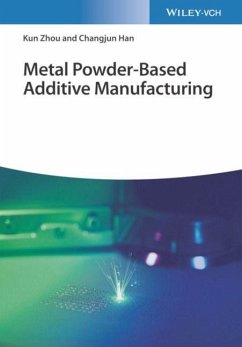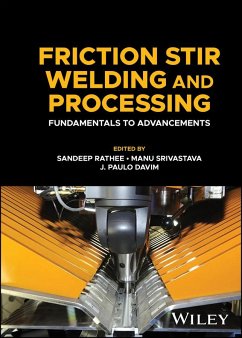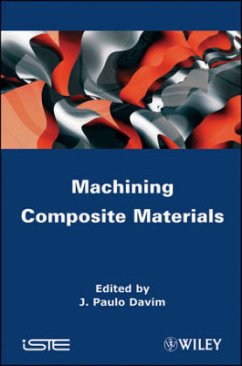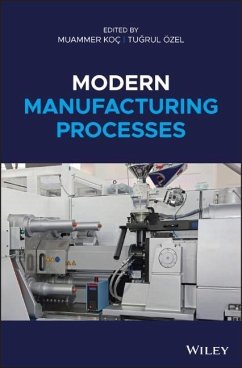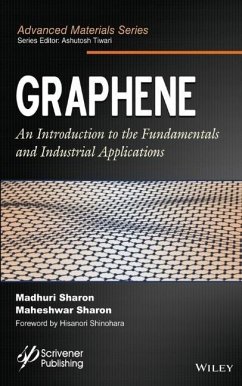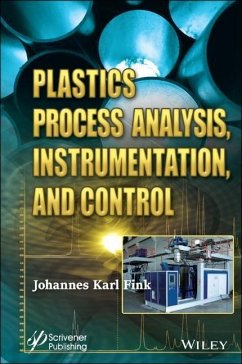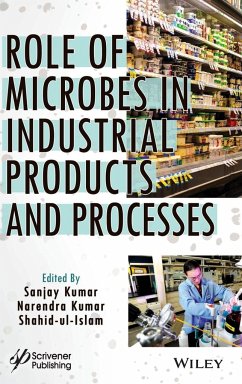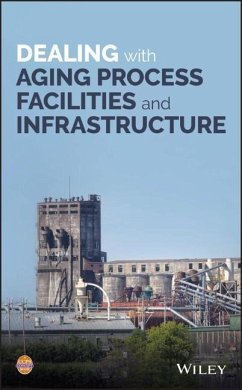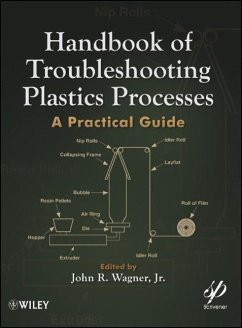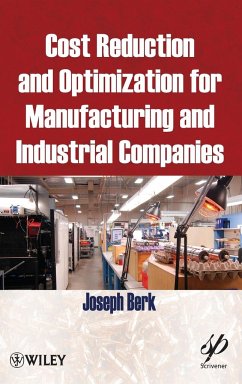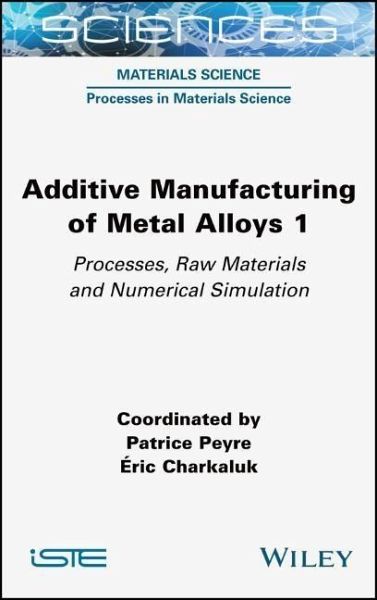
Additive Manufacturing of Metal Alloys 1
Processes, Raw Materials and Numerical Simulation
Herausgegeben: Peyre, Patrice; Charkaluk, Eric
Versandkostenfrei!
Versandfertig in über 4 Wochen
147,99 €
inkl. MwSt.
Weitere Ausgaben:

PAYBACK Punkte
74 °P sammeln!
Over the last decade or so, additive manufacturing has revolutionized design and manufacturing methods by allowing more freedom in design and functionalities unattainable with conventional processes. This has generated extraordinarily high interest in both industrial and academic communities.Additive Manufacturing of Metal Alloys 1 puts forward a state of the art of additive manufacturing and its different processes, from metallic raw materials (in the form of powder or wire) to their properties after elaboration. It analyzes the physics and the modelling of existing AM processes as well as fu...
Over the last decade or so, additive manufacturing has revolutionized design and manufacturing methods by allowing more freedom in design and functionalities unattainable with conventional processes. This has generated extraordinarily high interest in both industrial and academic communities.
Additive Manufacturing of Metal Alloys 1 puts forward a state of the art of additive manufacturing and its different processes, from metallic raw materials (in the form of powder or wire) to their properties after elaboration. It analyzes the physics and the modelling of existing AM processes as well as future elaboration processes.
Using a balanced approach encapsulating basic notions and more advanced aspects for each theme, this book acts as a metal additive manufacturing textbook, as useful to professionals in the field as to the general public.
Additive Manufacturing of Metal Alloys 1 puts forward a state of the art of additive manufacturing and its different processes, from metallic raw materials (in the form of powder or wire) to their properties after elaboration. It analyzes the physics and the modelling of existing AM processes as well as future elaboration processes.
Using a balanced approach encapsulating basic notions and more advanced aspects for each theme, this book acts as a metal additive manufacturing textbook, as useful to professionals in the field as to the general public.




